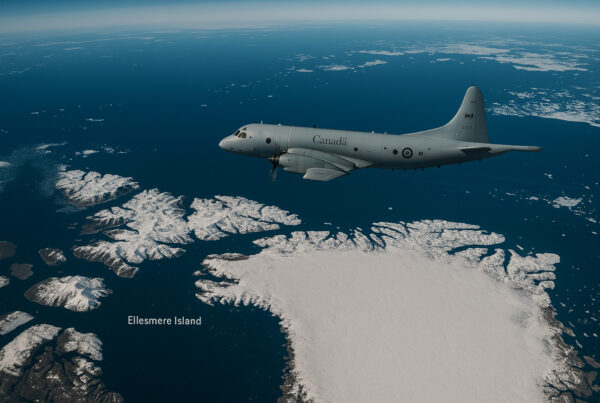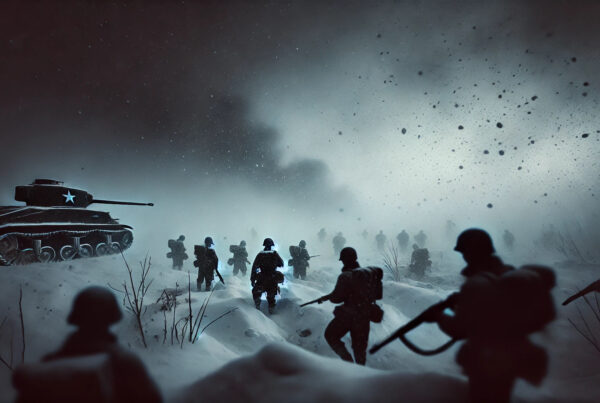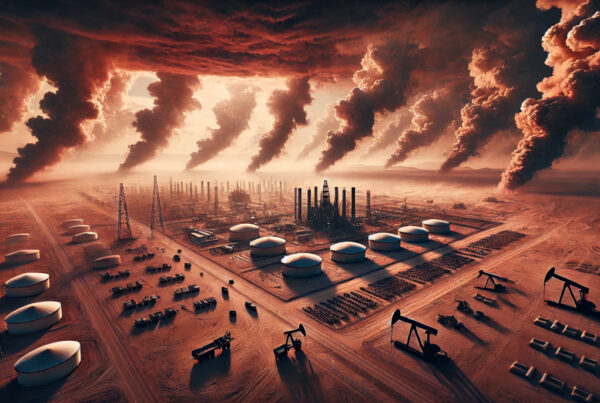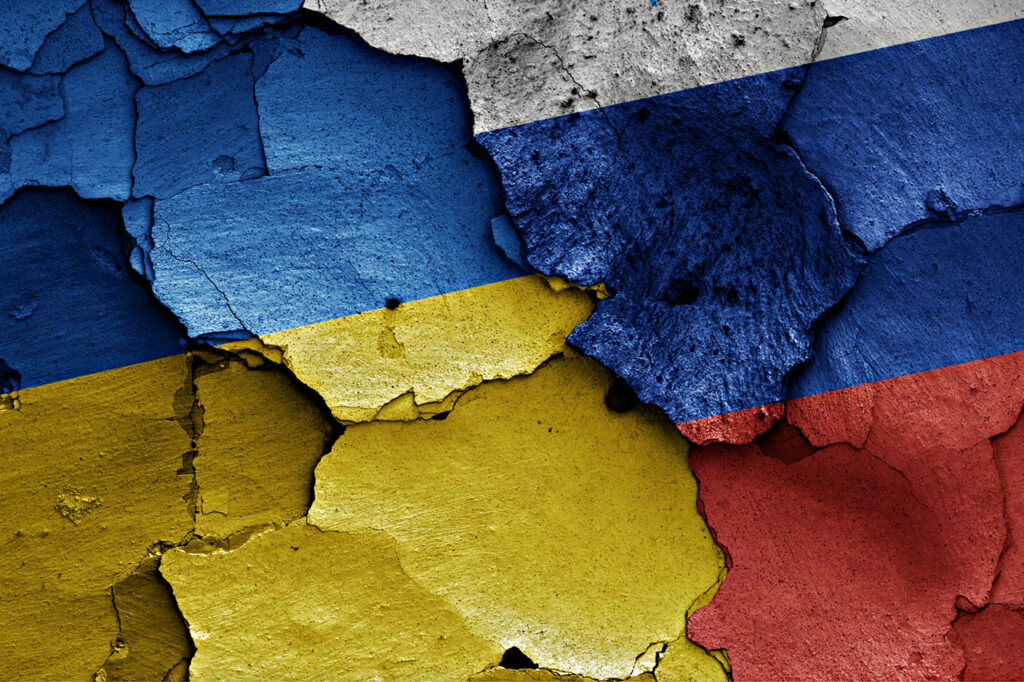
Edited by Brian Hay and Stuart Wright.
In 2023, mainstream media outlets report a growing number of international conflicts and unrest. Some notable events include:
In the Near East, tensions between Russia and the US have arisen in Syria due to two aircraft incidents, one including the downing of an American Reaper drone. Hezbollah actions, backed by Russian ally Iran, in Lebanon have led to increased tensions between Israel and Lebanon along their border. Media reports that Israel has conducted multiple airstrikes the in Damascus region.
In the Far East, North Korea has proclaimed that ‘nuclear war is imminent’ and ‘protest missile launches’ have occurred in response to a visit by a US nuclear submarine to Pusan, South Korea. In the same time frame, a flotilla of Russian and Chinese warships sailed close to the US border in Alaska. Flybys by multiple PLA aircraft to the edge of Taiwan’s air defence zone occur now daily.
In Europe, Lithuania, Latvia and Poland are taking political measures to block land routes to Belarus and Kaliningrad. Poland is moving thousands of troops to the border with Belarus.
In Africa, the democratically elected governments of Niger and Gabon have been overthrown by their military demanding the removal of French (and American) troops from the country while lauding assistance from Russia, thus following the same pattern of resource rich Mali and Burkina Faso in the past two years. The situation is unstable with the potential for members of ECOWAS countries considering armed intervention into Niger and perhaps Gabon.
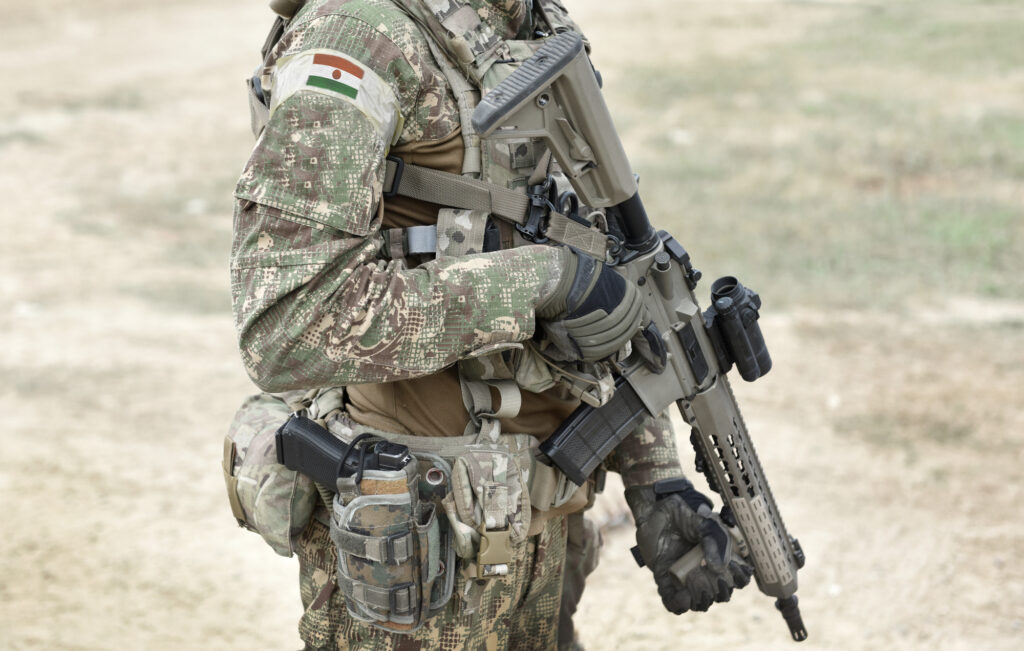
More volatile situations could be added to this list.
Each of these current conflicts has a history, the understanding the complexities of which would aid contemporary in the appreciation of the difficulties of its resolution.
Today, the conflict between Russia and Ukraine goes on and on.
This commentary is meant to provide the reader with some context to the complex and interwoven history of relations between two peoples- peoples whom Vladimir Putin has described as ‘Slavic brothers’ but whom Ukrainians and other neighbors fervently refer to as historical enemies. The two nations share deep cultural, historical, religious and linguistic ties and hatreds that date back centuries. The dynamics of these relations, both positive and negative, have shaped the current conflict. They have been used by Russia to justify large scale military invasion and widespread destruction of Ukraine.
The ‘special military operation’ as it is called by Putin looks more and more like ‘wanton war’ to Western eyes. Putin claims to have many ‘reasons’ for the invasion, but no claim of the ‘right’ to invade can be credibly made.
It is not inaccurate to point out that Ukraine physically is being demolished, its cities laid waste, its economy dismantled, its social infrastructure devastated, and its social structure nearly eliminated by emigration of millions of its citizens and the deaths of an estimated 200,000 or more of its soldiers with many thousands more wounded in less than 18 months. The fact that almost four times as many Ukrainian soldiers have died in eighteen months as American soldiers died in Vietnam over seven years underscores the mostly unreported horror of the conflict. It is impossible to ignore the additional deaths of thousands of civilians, nor even those of the tens of thousands of Russian soldiers who have also died. Each and every one lost their chance to ‘grow old in peace’ in this ongoing conflict which has caused over US$135B in property damage. It is also relevant that the level of Russian aggression is unjustifiably disproportionate to the pre-conflict situation. Russia chose not to use sanctions, restrictions in the supply of oil and gas, or disruptions in cash transfers to Ukraine that would normally be part of diplomatic pressure and negotiations prior to the kinetic conflict.
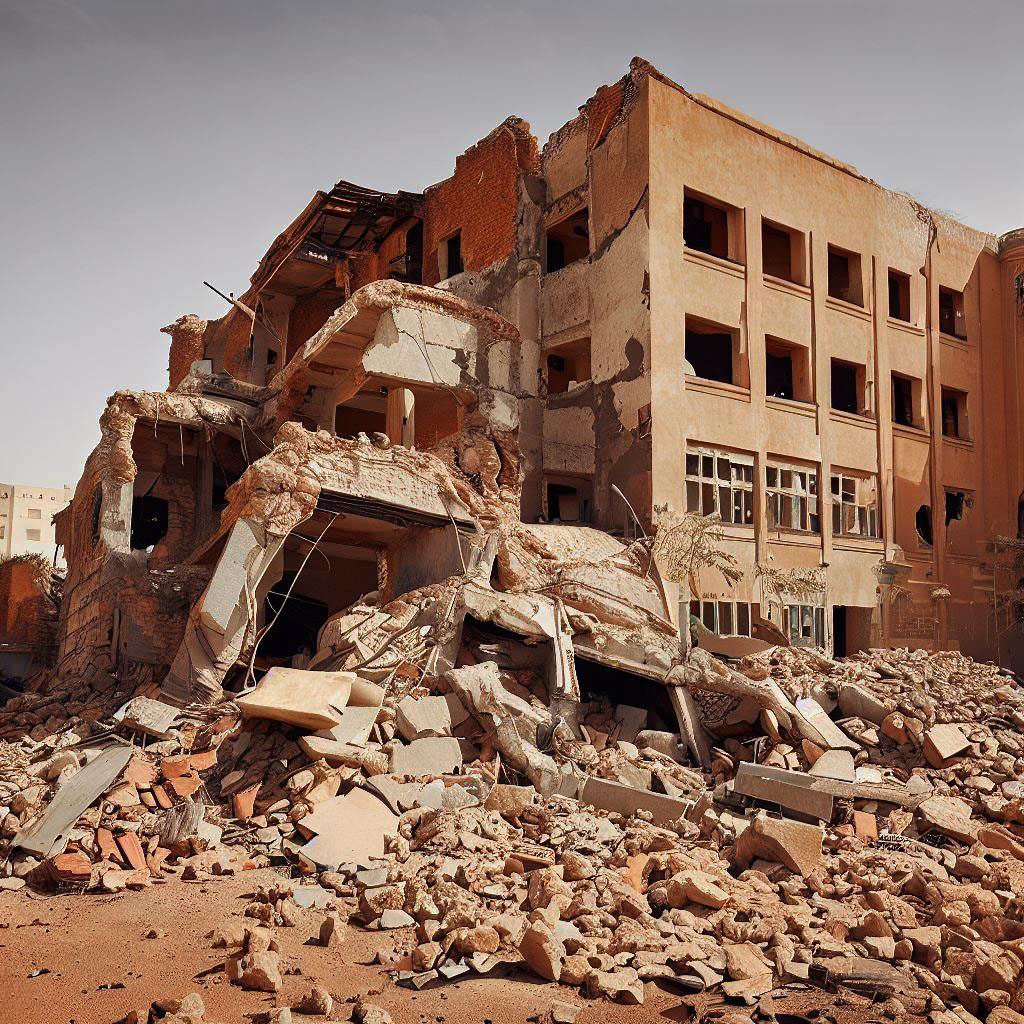
Looking deeper into the historical context, starting from the Middle Ages (~470 – 1400 AD), the territory of current modern-day Ukraine was part of the Kyivan Rus, an early medieval state considered by many to be the cultural and political foundation of both Russia and Ukraine. After the Mongol invasion in the early 1400s, the western parts of Ukraine fell under both Polish-Lithuanian rule with embryonic Roman Catholic-based culture developing, while the eastern and southern areas came under the control of the Muscovite state, the precursor to modern Russia with early Orthodox Church based culture evolving.
In the early 17th century, the Cossack Hetmanate emerged in the central and eastern parts of Ukraine as an autonomous entity. The charismatic founder of the Hetmanate, Bohdan Khmelnytsky, declared himself the ruler in February 1649. This period was marked by constant civil wars and leading to portions gradually being absorbed by Russia. By the end of the 18th century, most of the area then called Ukraine was incorporated into the Russian Empire due to the partitions of Poland and the annexation of Crimea.
Throughout the 19th and early 20th centuries, the Ukrainian identity began to solidify, marked by a growing cultural and national consciousness. During the nineteenth century, the territory inhabited by Ukrainians in Europe was divided between the Austro-Hungarian and Russian empires. This period also saw waves of Ukrainian migration, some of it forced, to the Russian Far East and Siberia contributing to the substantial Ukrainian diaspora within Russia. Overpopulation in some regions combined with a series of blights and famines, led to significant migration to North America during the period as well.
The tumult of the early 20th century, including World War I, the Russian Revolution, and the ensuing Civil War, led to a brief period of independence for ‘Ukraine’. However, by 1922, most of ‘Ukraine’ was incorporated into the Soviet Union.
This period was marked by a series of brutal policies under Joseph Stalin, including forced collectivization, which led to the Holodomor, a man-made famine that resulted in millions of deaths in Ukraine in 1931-1933. Following the Holodomor, the Yezhovina (Great Purge) led by Nicolai Yezhov under Stalin’s direction from 1936 through 1938 has been estimated to have resulted in the deaths of millions more Ukrainian Kulaks. Thus, it can be said that even under the brutal totalitarian rule of Soviet communism, Russian/Ukrainian relations were governed more by historical/cultural differences and by extreme Russian absolutism than by the spirit of international communist brotherhood.
Notwithstanding the very difficult years of the 1930s and war years, during the entire Soviet era, Ukraine was a key republic within the USSR, contributing significantly to its industrial and agricultural output. The forced Russification policies of the Soviet state led to widespread usage of the Russian language (and more underground Orthodox religion) in Ukraine, particularly in urban areas and in the eastern and southern regions.
In 1941, Ukraine was invaded by Nazi Germany. Even as Germans were invading, the Russian NKVD was again exacting terror on Ukrainians as thousands of suspected Ukrainian nationalists and Jews were slaughtered in Kiev and other areas of Ukraine. Subsequently, parts of Ukraine were hived off to Poland and Romania by the Nazi occupiers with the rest being organized as the Reichskommissariat Ukraine. From the western part of Ukraine, the Nazis recruited the Galician SS Division, which earned a reputation for fierce brutality towards Russian and Jewish Ukrainians. Coincidently, Soviet forces recruited Russian-speaking Ukrainians from eastern Ukraine. Thus, Ukrainian loyalties were split during WW2.
In the aftermath of the Second World War, many Ukrainians who had been displaced by the war began to immigrate to other countries. These immigrants were often refugees who had been forced to flee their homes and were looking for a haven. In the 1950s and 1960s, many Ukrainians who had been living in displaced persons camps in Europe were allowed to immigrate to North America. These Ukrainian immigrants were often highly skilled and educated, and they contributed significantly to the growth and development of Canada’s economy.
It is interesting to note that while the Ukrainian people suffered greatly under Stalin, before, during and after World War 2 Ukrainian Communist leadership continued to rise in the ranks of Soviet leadership as both Nikita Khrushchev and Leonid Brezhnev, both future Soviet ‘heads of state’, had extensive Ukrainian connections. For example, Khrushchev’s wife was Ukrainian, and he was for a time the First Secretary of the Ukrainian Communist Party. In 1954, as Soviet leader, Khrushchev ‘gifted’ the long- standing Russian Province of Crimea to Ukraine, unwittingly perhaps setting the scene for the conflict 60 years later.
Understanding the historical context of relations between these two nations and peoples also requires a deeper appreciation of the interconnected economic ties between the two countries. Ukraine has long been dependent on Russia for its energy supplies, particularly natural gas, leading to contentious disputes over pricing and payments, especially during the early 2000s. Conversely, Russia has relied on Ukraine as a transit country for its gas exports to Europe. As well, Ukrainian agricultural production, especially as one of the greatest wheat producers in the world, made great contributions to the Soviet economy. Ukrainian world class technological expertise particularly in rocket engine design and manufacturing made it a key part of the development of the Russian space and missile programs. This interdependence has added another layer of complexity to their relationship, with economic levers often used to exert political pressure.
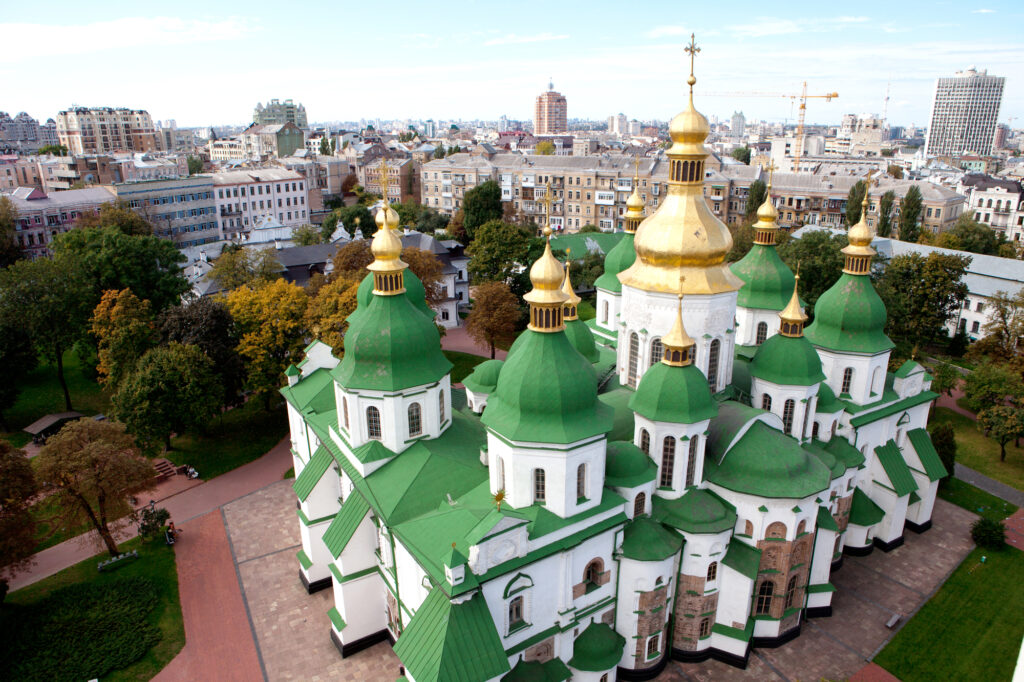
St. Sophia Cathedral – Kiev Ukraine
Another crucial and current aspect of this historical relationship is the contemporary presence of a large Russian-speaking population in Ukraine, particularly in the eastern regions and Crimea as noted above. Sevastopol, the principal city in the Crimean Peninsula on the Black Sea, was the Soviet Union’s most southerly port and home to a large part of its naval fleet. During the Soviet era, policies of Russification led to the widespread use of the Russian language, and Russian culture became deeply ingrained in these regions. This demographic factor has been instrumental in shaping the dynamics of the current conflict, with Russia justifying its aggression as a defense of the rights of Russian speakers as well as its historic naval interests.
With the dissolution of the Soviet Union in 1991, Ukraine declared independence, leading to a complex transition period marked by economic hardship and political turmoil. Relations with Russia remained close yet fraught with tension, particularly over issues like the status of the Russian Black Sea Fleet in Sevastopol and Russia’s ongoing role in Ukraine’s energy supply. Even today, the relationship is almost absurdly complex with Ukrainian army tanks powered by Russian oil sold to Hungarian refiners and then shipped to Ukraine.
In 2014, the retaking of Crimea by Russia from a weak Ukraine marked a significant turning point in Russo-Ukrainian relations. With the collapse of the Soviet Union, Crimea became a part of an independent Ukraine, a status quo that was largely unchallenged until 2014. The majority ethnic Russian population in Crimea, along with Russia’s strategic interest in the region, primarily due to the presence of the Russian Black Sea Fleet, was used as justification by Russia for the annexation. Russia also sought to justify its annexation by a plebiscite which showed 92% of the voters in favor of the Russian takeover; however, Western interests and the Ukrainian government disputed the integrity of the vote. Russia’s move was widely condemned by the international community as a blatant violation of Ukraine’s sovereignty and territorial integrity, and it led to a series of sanctions against Russia.
The events of 2014 were not without precursors. The 2004 Orange Revolution and the 2013-2014 Euromaidan protests highlighted the deep divide within Ukraine between those who sought closer ties with the European Union and the West and those who preferred maintaining strong connections with Russia. The failure of then-President Viktor Yanukovych, recently elected in a fair and free election as attested by international (some Canadian) monitors, to sign an association agreement with the EU in 2013 triggered massive protests. Then, the Maidan Revolution, which some say was Western inspired as alleged also of the so-called ‘color revolutions’ earlier in Eastern Europe. This eventually led to the ousting of Yanukovych. Russia viewed these events as a Western attempt to pull Ukraine away from its sphere of influence.
During the same time frame, another kinetic conflict broke out in the easternmost regions of Ukraine, known as Donbas, which includes the territories of Donetsk and Luhansk. This region, with its significant Russian-speaking population and historical ties to Russia as noted above, became the epicenter of a pro-Russian separatist movement. The Ukrainian government standpoint was that Russia was fueling the unrest and providing support to the Russian speaking separatists.
In 2015, after an initial agreement between the Donbas regions and the central government of Ukraine (Minsk 1) to end the fighting failed, a second agreement between Russia and Ukraine (Minsk 2) was brokered by France and Germany. The fighting was to cease, and the Donbass region was to be given some local autonomy. Unfortunately, diplomacy failed, and this agreement was never fully implemented with the Donbass peoples claiming continued incursion and bombardment of the area by the Ukrainian Army. That conflict has resulted in a protracted and bloody ‘war’ that has caused a significant humanitarian crisis, with a claimed 14,000 or more people killed in the Donbass region and millions displaced in the next 6 years.
The former Chancellor of Germany Angela Merkel, as later confirmed by French President Macron, suggested in a 2023 interview that the Minsk 2 was never intended to be implemented, but was to give the Ukrainian Army time to develop into a modern Westernized army capable of defending its sovereignty. The Russian Government meanwhile justified its brutal invasion of Ukraine by Russian forces on February 24, 2022, by stating it was in response to the Donbas governments’ pleas for help.
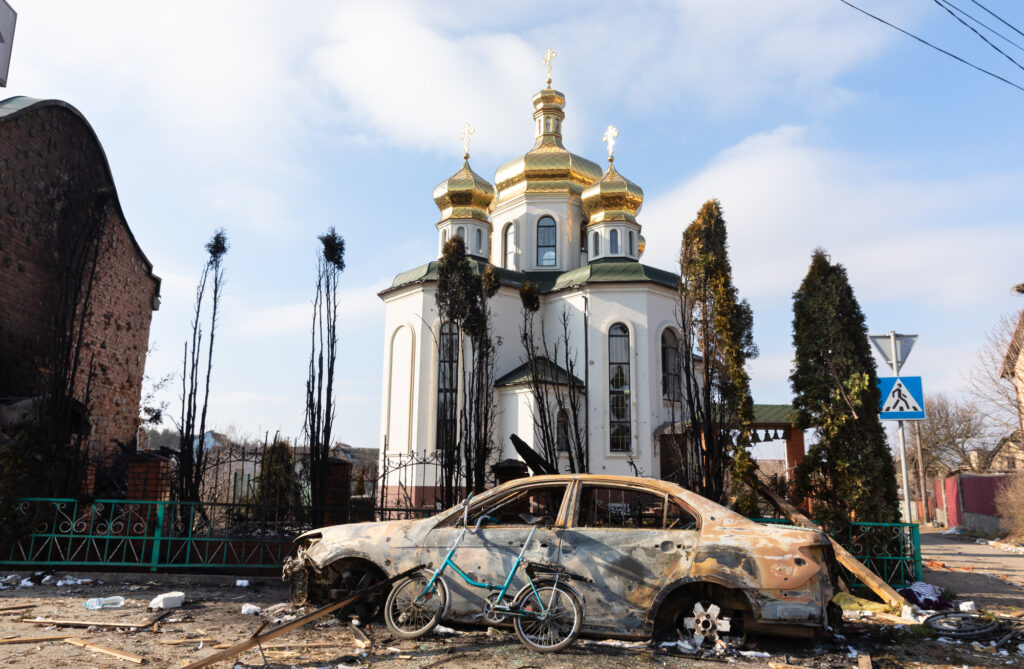
IRPIN, UKRAINE – Mar. 09, 2022: War in Ukraine. Chaos and devastation on the outskirts of Irpin.
While the Roman Catholic Church has deep roots in Western Ukraine, the Orthodox Church plays a significant role in the historical and cultural ties between Russia and Ukraine. The independence of the Ukrainian Orthodox Church from the Moscow Patriarchate in 2018 under pressure from the Western-oriented Ukrainian Government was a major blow to Russia and marked a significant step in Ukraine’s efforts to assert its independence and national identity. This religious split, deeply intertwined with the political conflict, further illustrates the multi-faceted nature of the evolving Russo-Ukrainian relationship.
As the conflict continues, it’s evident that the deep historical, cultural, religious and economic ties and differences between Russia and Ukraine have shaped, and will continue to shape, the events unfolding. The complex nature of this relationship, with its shared history and divergent paths, is crucial to understanding the historical motivations of both nations in this ongoing crisis. It is also critical to note that the historical complexity of the region is salient to its vulnerability to the failure of diplomacy and descent into a horrific war. Other regions of the world with similar complexity are probably vulnerable in like manner. It happened very notably with the Yugoslav Wars in the 1990’s, but the war in Ukraine today has the potential to spread much further.
Unless an armistice or peace agreement can be reached and sustained, the destruction and dying on both sides will continue with the attendant increased risk of expansion of the war to other countries and regions. The advent of World War 3 – a nuclear war- has already been mentioned as a ‘risk’ in some media quoting comments made by the Prime Minister of Hungary and geopolitical experts such as Henry Kissinger and George Soros as well as others. Dimitry Medvedev, former President of Russia and close ally of Vladimir Putin, the current leader (and one of two leaders in the conflict holding a ‘nuclear button’), has said on numerous occasions that the ‘West runs the risk of nuclear war – World War 3’ – if Russia sees its existential existence is at risk.






